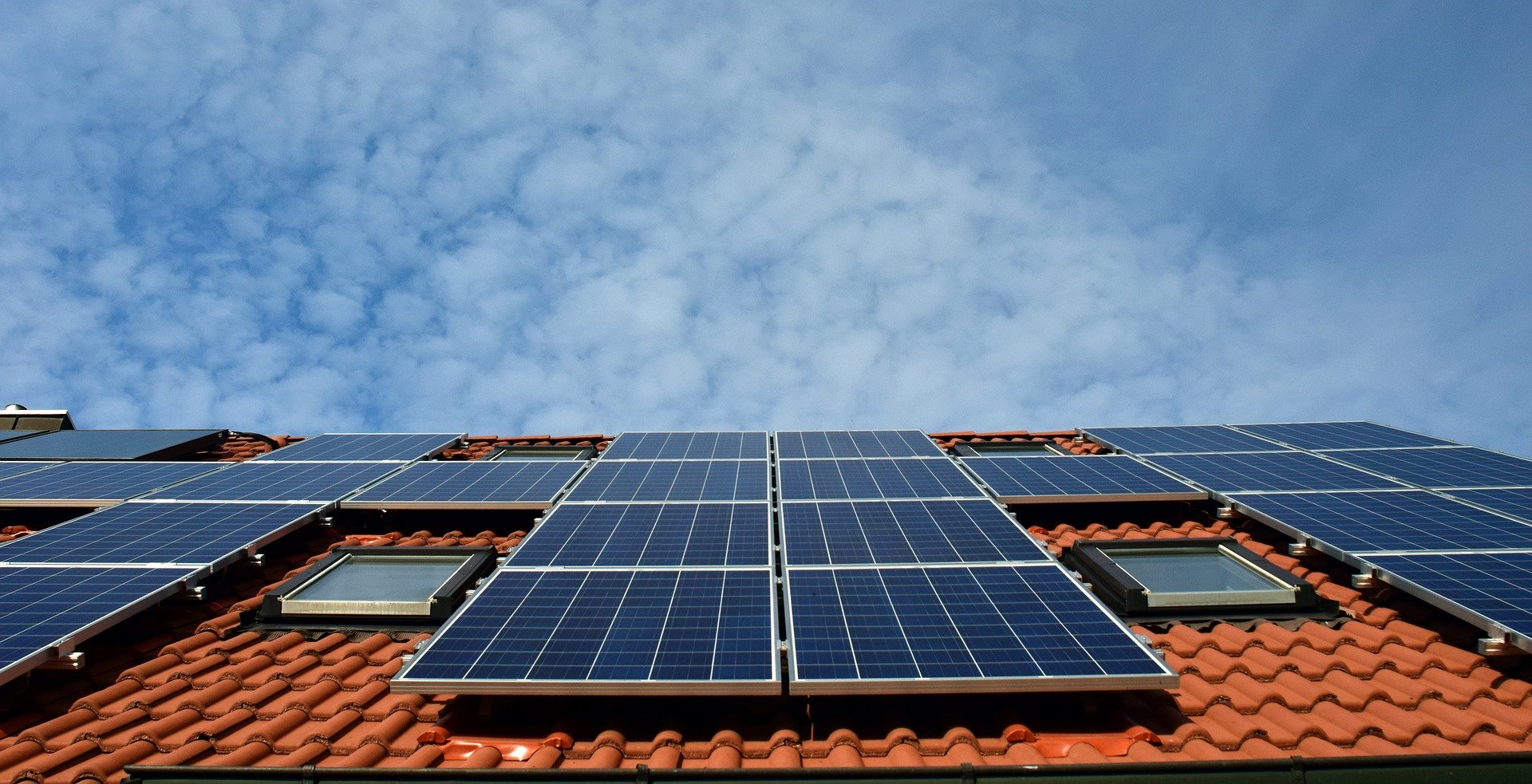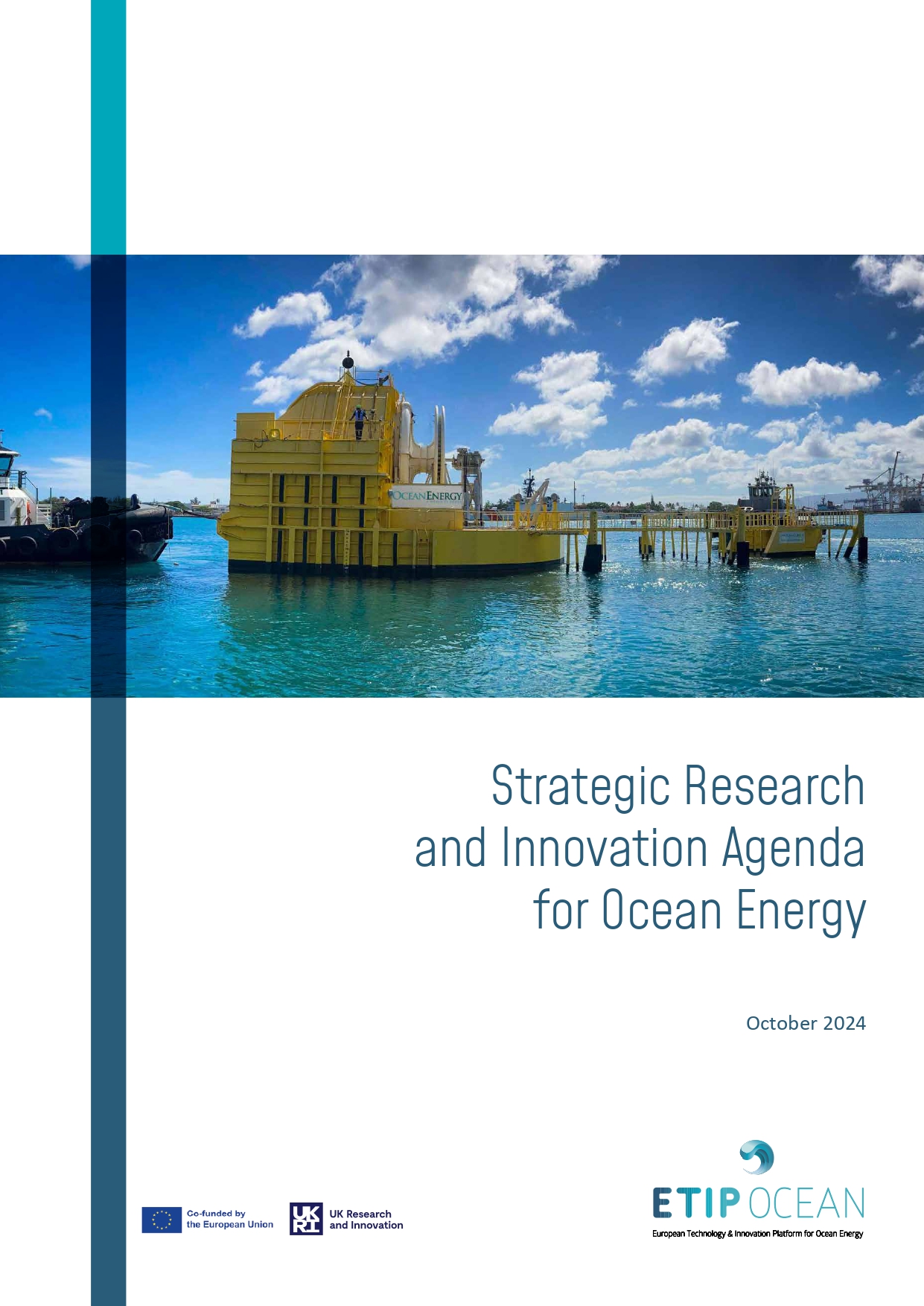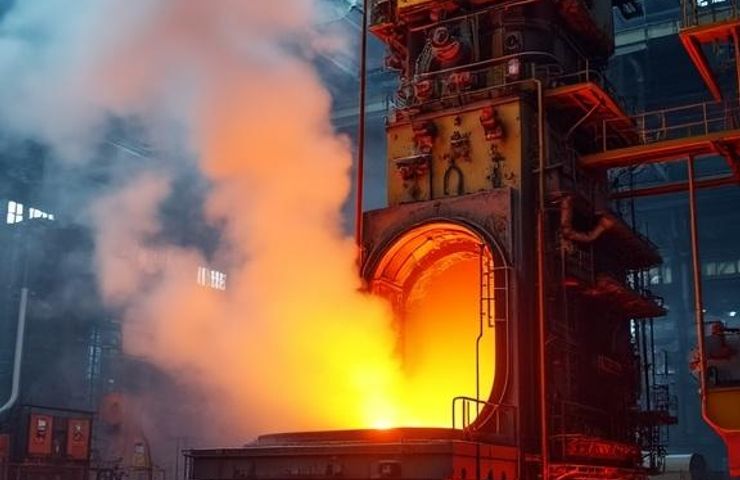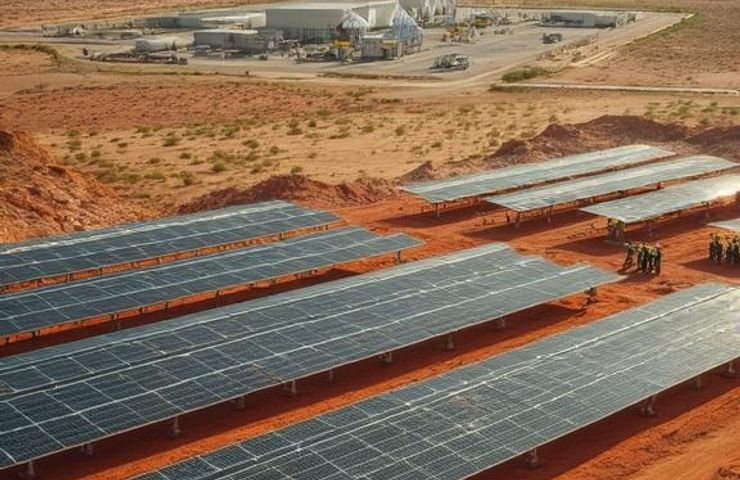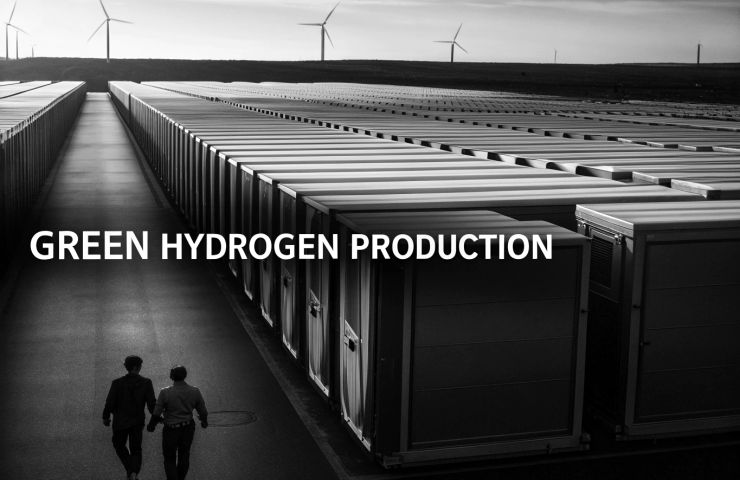China polysilicon price increases amid regulatory signals
In a new weekly update for pv magazine, OPIS, a Dow Jones company, provides a quick look at the main price trends in the global PV industry.

In a new weekly update for pv magazine, OPIS, a Dow Jones company, provides a quick look at the main price trends in the global PV industry.
The China Mono Premium—OPIS' price assessment for mono-grade polysilicon used specifically in n-type ingot production in the China domestic market—rose by 0.74% week-on-week to CNY 34.225 ($4.77)/kg, or CNY 0.072/W, according to OPIS Solar Weekly Report released on July 8.
Despite this modest uptick, underlying market fundamentals remain largely unchanged. Prices continue to hover below production costs, overall sales activity remains subdued, and inventory levels are still elevated. Against this backdrop, industry participants have increasingly placed their hopes on administrative intervention to help restore market order and pricing stability. The recent price movement is viewed by many as an early indication that government efforts may be starting to take effect.
According to industry sources, the increase in polysilicon prices is closely tied to a high-level symposium convened last week by the Ministry of Industry and Information Technology (MIIT) with 14 leading photovoltaic companies and key industry associations. During the meeting, MIIT officials underscored the urgent need to implement comprehensive regulatory measures to address harmful price undercutting and market volatility.
One directive reportedly emphasized by the ministry was that products must not be sold below production cost—a policy signal that has directly prompted some manufacturers to raise their offers. However, sources noted that transaction volumes at the adjusted price levels remain limited, and the durability of this price rebound is still uncertain.
The MIIT meeting followed closely on the heels of the Sixth Meeting of the Central Financial and Economic Affairs Commission held on July 1. The Commission—China’s highest-level economic policymaking body—called for focused efforts to regulate low-price competition through legal and regulatory means, improve product quality, and facilitate the orderly exit of outdated production capacity. The Commission’s directives are expected to significantly influence the long-term strategic development of the PV sector.
In a related development, reports from early May indicated that China’s six major polysilicon producers, under coordination from relevant authorities, were considering a joint initiative to acquire and consolidate excess production capacity. Multiple sources confirmed to OPIS that discussions on the plan remain ongoing. While preliminary proposals have reportedly been submitted to government bodies, the primary challenge remains identifying and securing the financial resources required for implementation.
Recent developments in China’s polysilicon spot market are increasingly mirrored in the futures market. According to data from the Guangzhou Futures Exchange, the average daily settlement prices in June 2025 for delivery contracts spanning July 2025 to June 2026 remained below CNY 34/kg. However, data from July 1 to July 8 indicate a noticeable rebound, with average daily settlement prices for the same delivery period rising to a range of CNY 34.5/kg to CNY 38/kg.
Although CNY 38/kg is still insufficient for manufacturers to achieve meaningful profitability, the upward trend signals growing market optimism. Industry participants appear to anticipate a potential recovery in the polysilicon market, possibly earlier than previously expected.
Despite this shift in sentiment, caution prevails. One market source noted that if the recent price increase is driven primarily by temporary administrative pressure rather than a structural improvement in supply-demand fundamentals, it is unlikely to be sustained.
Other sources echoed this concern, warning that a premature price recovery may incentivize producers to ramp up output in an effort to offset losses, which could further exacerbate the issue of oversupply. They emphasized that the long-term effectiveness of current administrative measures will depend largely on the consistency and strength of their implementation. Coordinating the varied interests of numerous stakeholders through regulatory means remains a significant challenge.
OPIS, a Dow Jones company, provides energy prices, news, data, and analysis on gasoline, diesel, jet fuel, LPG/NGL, coal, metals, and chemicals, as well as renewable fuels and environmental commodities. It acquired pricing data assets from Singapore Solar Exchange in 2022 and now publishes the OPIS APAC Solar Weekly Report.
What's Your Reaction?









